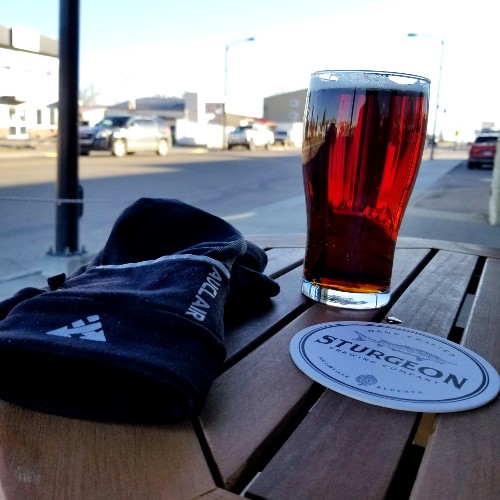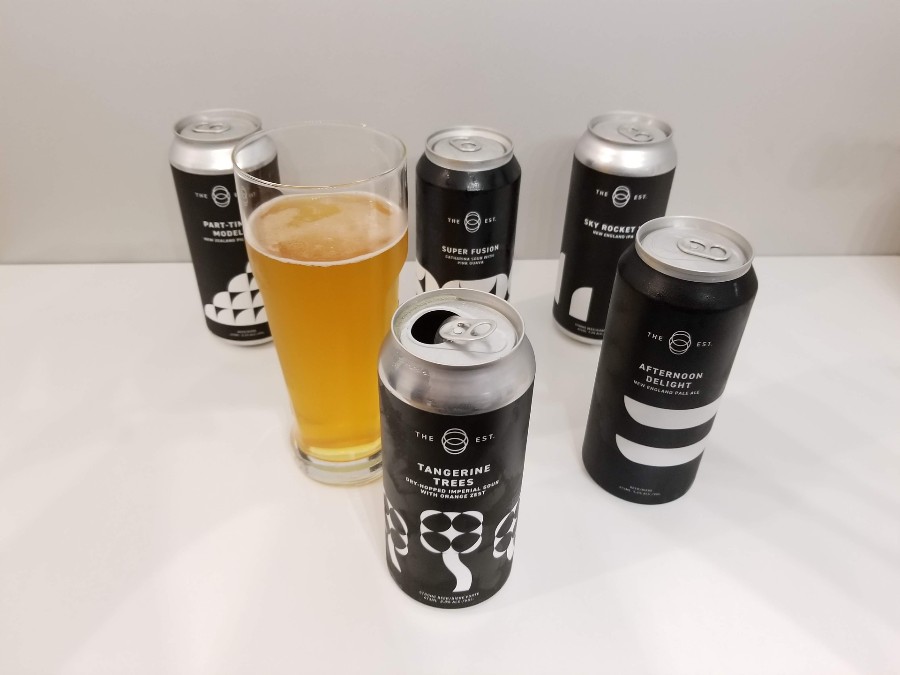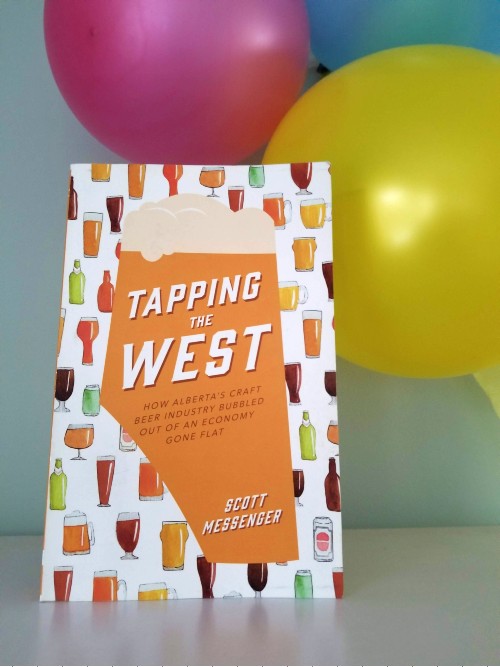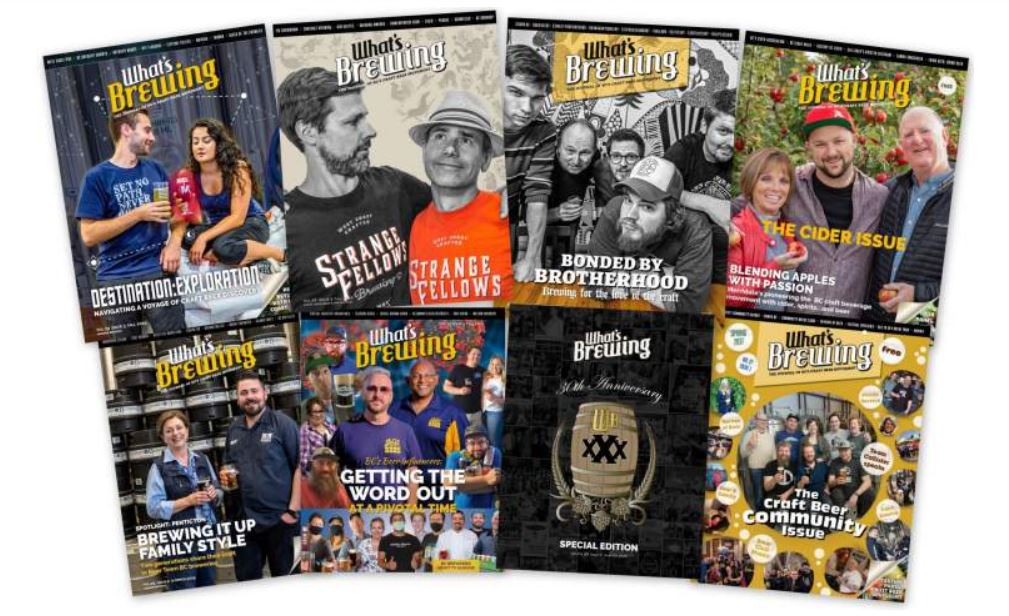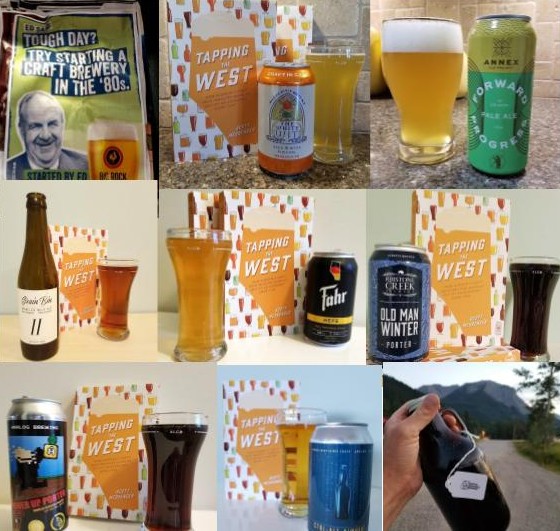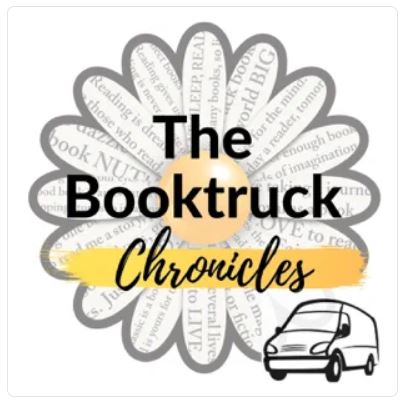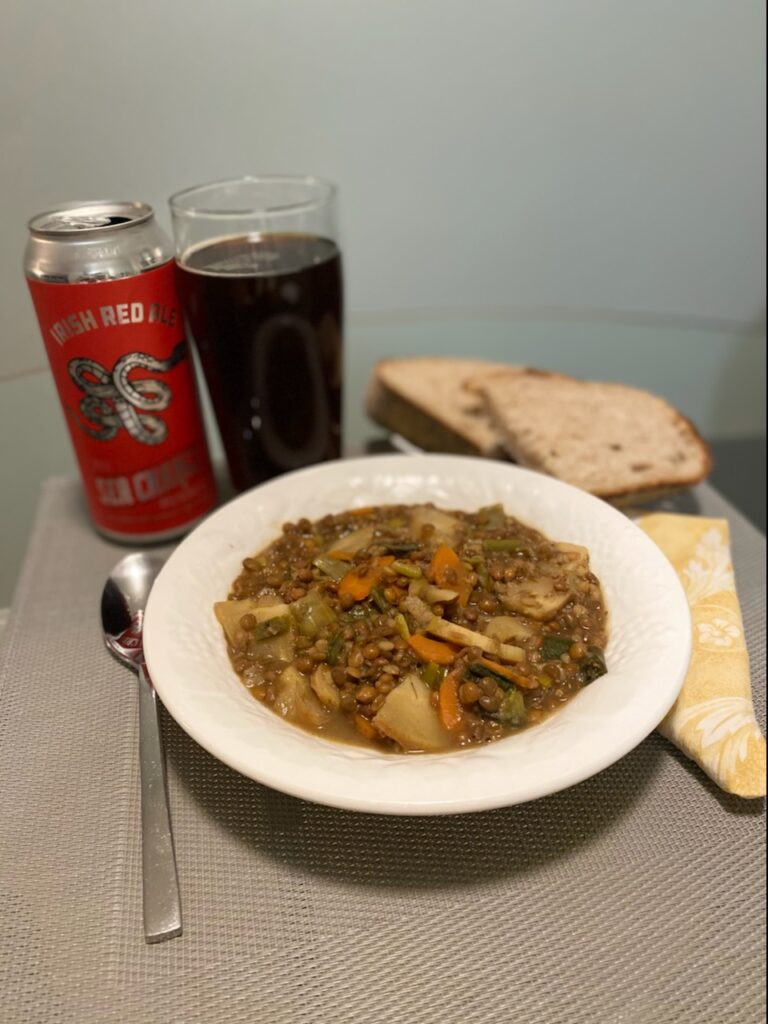
A year of listening, sipping and ignoring bad news
For me, beer and music are two forms of the same thing. When they’re good, both can take you away from whatever you’re thinking or doing, shake you by the collar and say, “Look! This is what’s important right now! This moment!”
It’s not distraction, or escapism. It’s an entirely different and enriching engagement.
What’s more, beer and music go together perfectly. Remember the old days, when there were these things called “concerts?” Hundreds, even thousands, of people gathered side by sweaty side to enjoy songs played by real live musicians. Didn’t a great beer make the music seem that much better? And, in retrospect, wasn’t that beer all the more tasty because of the music?
“Look! This is what’s important right now! This moment!”
Anyway, that’s my case made for another installment of my annual Alberta craft beer and music pairings – two of my absolute passions, and I love taking a moment to look back on both.
Give me your pairings on the social mediums where you found this mess. After all, sharing my thoughts with you and hearing yours are two forms of the same thing for me: a great big pile of fun. Until then, here are 7 albums and 7 beers.
Album: Ignorance, by The Weather Station
Beer: Landlock Ale, by Craft Beer Commonwealth
This Toronto “folk rock” outfit took a decidedly unfolky direction with Ignorance, its fourth record. It might also be their best. Lead singer Tamara Lindeman talked of becoming obsessed with rhythm during the writing and it shows, as Ignorance feels like a 40-minute groove. It’s catchy, inventive and elegant.
Landlock from Craft Beer Commonwealth is the same. There are some pretty complicated hop expressions and interactions going on here, with citrus fronting the band, but they’re as intriguing as the hooks on this standout track, Atlantic.
Album: This Room/This Battlefield, by Our Next Movement
Beer: Hoppy Hefe, by Fahr Brauerei
I am of an age, and perhaps of a personality, where I do not set out to discover much new music anymore. Some of the bands that defined my youth still make albums, and good ones at that. And if they’re not, I can just listen to all the good ones that they made back when I was young. They’re a comfort during unpredictable times.
But 2021, where every day seemed like a highlight reel of the worst moments of the last, demanded newness. Spotify kicked this instrumental album, by a post-rock quartet from Valencia, Spain, into my mix and I’ve welcomed the punky surprises, the layers, the quirks, the freshness of it ever since. Sharks Always Come at Five is a nice, dancey example.
Same goes for Fahr’s Hoppy Hefe, a summer beer I’m now hoarding, and which is now proving useful in breaking up a stretch of -30 C with brightness and brilliance every time I crack one.
Album: I Don’t Live Here Anymore, by The War on Drugs
Beer: Dark Mild, by Sturgeon Brewing
This was, in some circles, the most anticipated album of the year, following up the band’s previous and amazing A Deeper Understanding, from 2017. Is it amazing? Yes, but without the same pop sensibilities. It is wistful, and dense with a generic but still poignant nostalgia. Yikes – what beer wants to be paired with that, huh?
But hold on, there. I Don’t Live Here Anymore is also the kind of record that wants to sit you down for some quality thinking time. A lot of that will be about the past, but that always informs the present in a way that shapes the future, no? Yes! Sturgeon’s low ABV Dark Mild, rich and roasty, puts you in that perfect mood without clouding your thoughts. It’s a luxury.
Treat yourself to a whole howler (heck, maybe even a growler) and get down to some thinkin’ with a track like the ender, Occasional Rain.
Album: Collections from the Whiteout
Beer: Lloyd Christmas Flanders Red, by Troubled Monk
Here’s a confession: I find describing a beer quite hard. I bet there are people who have read my stuff who will not be surprised by this, and that there are others who can relate. There are two contributing factors. One, not having had any training, I often wonder what my palate is telling me. Two, good beer words are hard to come by. Drinkable and crushable are not good beer words.
But when you like a beer, you like a beer, even if you can’t quite figure it out. Maybe you don’t need to.
Same for some albums. With Collections from the Whiteout, English singer-songwriter Ben Howard’s pop-folk tendencies get much looser, dreamier, fuzzier. It’s like the coalescence of reckoning with past success, artistic exploration and pandemic existentialism. You need to find your own way in but when you do you find an expansive, inviting sonic space. Like Far Out, for example.
So let’s go with Troubled Monk‘s Lloyd Christmas Flanders Red. Foeder aged for three years, it is also a coalescence of many influences. It’s dry, tart, rich … and I’m going to leave it at that. But I do know that it’s not crushable. And that it’s good.
Album: Piecework, by Kowloon Walled City
Beer: Lone Bison, by Ribstone Creek Brewery
One of my favourite Alberta beer trends of 2021 was the return of the West Coast IPA. The haze craze did not abate, and that’s OK, but it was nice to see things a little more clearly again, as newer breweries took up a time-tested style. It was also good to see how old standards held up, like Ribstone Creek’s Lone Bison, one of my go-tos.
This is a no-nonsense IPA, heavy on the caramel and pine, only the faintest hints of the tropical stuff, and well balanced despite the 70 IBUs. Big, bold, a bit of a brute – true to its name. So it goes well with Piecework. This is a beautiful, lumbering barrage of orchestrated noise from Oakland’s Kowloon Walled City, one of the heaviest but still listenable bands I’ve encountered in years.
These are an album and beer with an assertive brand of presence, but they’re thoughtfully nuanced. Give Oxygen Tent a shot. Share it with a bison.
Album: Hushed and Grim, by Mastodon
Beer: Barrel-aged Brett 24-2 Stock Ale, by Blindman Brewing
I’ve been reserving the use of the word complex until now. I’m afraid I do have to use it. Let’s apply it to the music first.
For the unfamiliar, Mastodon is a heavy metal act from Atlanta that treats every song as if it’s an album unto itself, packing them with parts, ideas, sonic twists and turns, layers of vocals, and riff upon riff. In the hands of a lesser band, the complexity of Hushed and Grim would verge on chaos. Instead, it’s the work of a band that always shocks you by getting better.
Blindman‘s 24-2 Stock Ale is the work of a brewery that does the same. It’s a pleasantly busy beer, with the richness of the dark malts overlaid with some brett funkiness, offering much to hold your attention. It’s one of my favourites of 2021, just like Hushed and Grim. Speaking of funkiness, have a listen to Sickle and Peace.
Album: As the Love Continues, by Mogwai
Beer: Anything by The Establishment, but Tangerine Trees in particular
2021 was a big year for some. Glasgow, Scotland’s Mogwai landed its first number 1 album in the U.K. with its 10th and mostly instrumental As the Love Continues. I’ve loved this band for the sophistication of its slow builds and trance-dance toe-tappers from the start, which was 25 years ago. What a treat to see them get well-deserved recognition in such a terrible year.
It took The Establishment far less than a quarter-century to get the recognition it also deserved. In 2021, less than three years after pouring its first pint, the brewery was named the best in Canada and the province at the Canadian Brewing Awards and the Alberta Beer Awards.
Compare the sophistication of brewery and band by matching the unforgettable imperial sour Tangerine Trees with Ritchie Sacramento, one of Mogwai’s best songs to date.
But you could just as easily raise a glass of anything by the Establishment to the fact that, as difficult a year as 2021, it did little to curb creativity.


